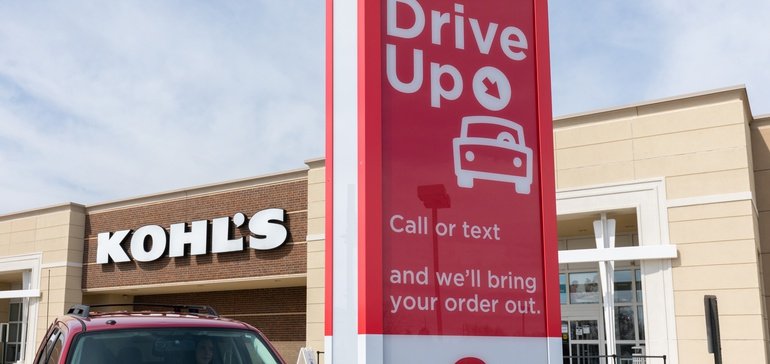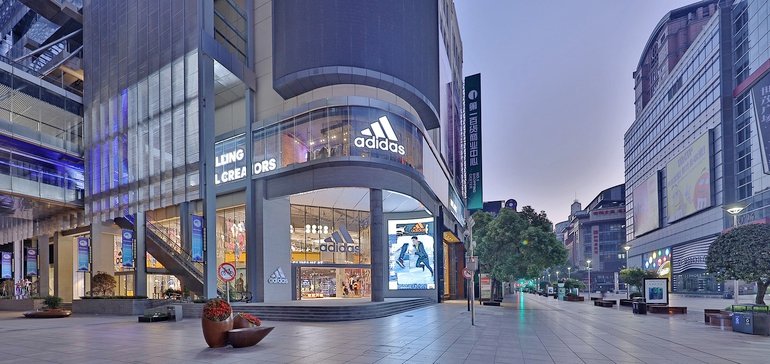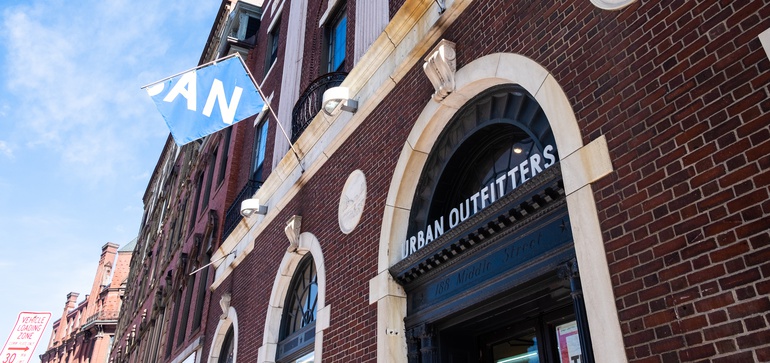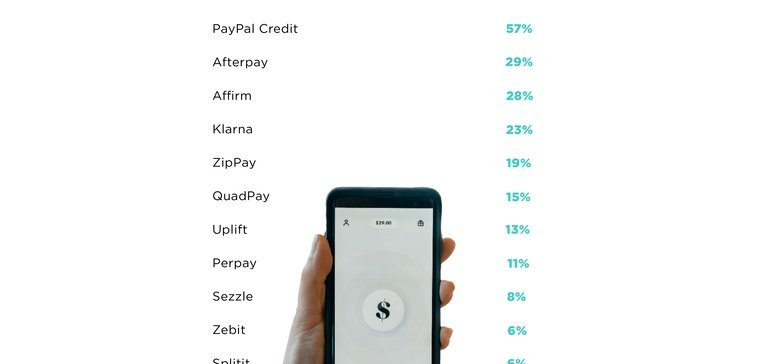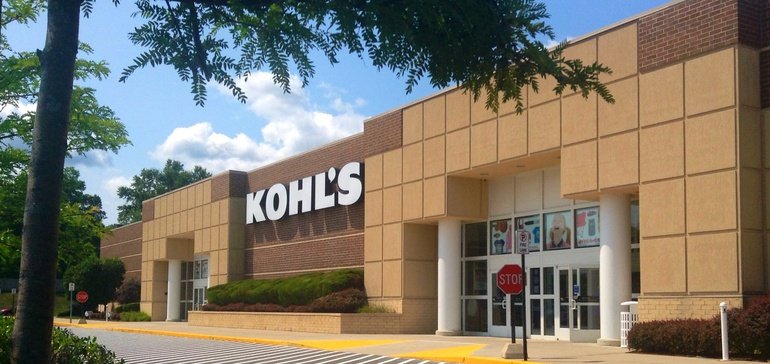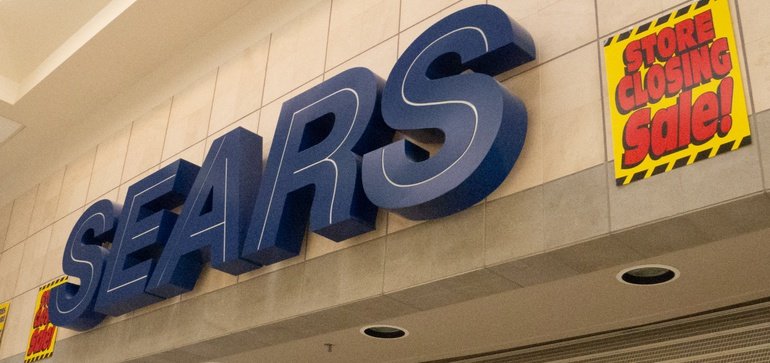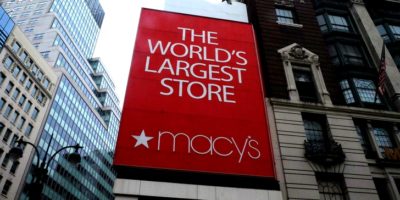Kohl's has location, partnerships and a savvy CEO: Why isn't that enough?
For a while there, Kohl’s seemed to have it made.
The mid-tier department store for years managed to avoid many of the worst problems of its sector. Above all, its placement, mostly in convenient strip-style shopping centers, has allowed the retailer to avoid the traffic downturn at malls, which has bedeviled rivals like Sears, J.C. Penney and Macy’s for years. Partnerships — most notably with Amazon and, more recently, Sephora — promised to drive footfall, including new customers. And CEO Michelle Gass, who took the job in 2018 in a smooth, planned succession, is often hailed as an effective leader with operational savvy.
But none of that seems to count much right now, as the retailer enters a new year with shareholders on its case. Starting last April and continuing into January, a variety of activist investors have lodged a host of complaints (about Kohl’s operational results, leadership and stock performance) and demands (including splitting off its e-commerce, shaking up its board, expanding share buybacks, divesting its real estate and/or selling itself).
Now, the opportunity to sell itself has arrived. A couple of weeks ago, Kohl’s acknowledged receipt of two takeover offers. One from Acacia Research, owned by activist firm Starboard Value, is for $64 per share; the other, rumored to be from Sycamore Partners, is for an undisclosed amount.
What is making Kohl’s, once thought of as a strong player among department stores, so vulnerable?
More like Macy’s than you think
The first Kohl’s department store opened in 1962, a new line of business for the founding Kohl family, who had successfully established a chain of Kohl’s grocery stores in the Milwaukee area years before.
That was several decades after most department stores were established, and Kohl’s expansion took place at an inopportune time, just about when the retail model began its steady decline. The company went public in 1992, when it ran 76 stores in the Midwest; it now runs more than 1,100 stores in 49 states, according to recent filings.
But from 1992 to 2017, while retail sales grew from $1.8 trillion to $5 trillion and general merchandise sales grew from $247.9 billion to $691.9 billion, department store sales fell 43.2%, according to numbers from the Gerney Research Group. There are many reasons for this, including the decline of the middle class, price competition from off-price retailers and discounters, and, to a lesser extent, the rise of e-commerce, experts say. In fact, discounters, particularly Walmart Supercenters and warehouse clubs like Costco, gained market share during that time, with average sales increases of over 17% each year, Gerney researchers found.
Despite its best efforts, Kohl’s simply has not been able to escape all that, according to Nikki Baird, vice president of retail innovation at retail management software firm Aptos. There’s some indication that the retailer is struggling versus its closest rivals, with traffic down in January year over year, compared to double-digit increases at Macy’s, Dillard’s and J.C. Penney, according to data from Placer.ai.
“I don’t think that Kohl’s is uniquely vulnerable, and I do think they’ve tried hard to fight off getting into this position, but this [vulnerability] is endemic to department stores in general,” Baird said by phone. “I watched Macy’s go through the exact same thing — they doubled down on their department store-ness right at a time when everybody else was leaving that behind, and, in some ways Kohl’s is really just a 2.0 version of that.”
Kohl’s advantages
Kohl’s strengths include the location of most of its centers in convenient strip centers; a strong loyalty program that leverages “Kohl’s Cash” for discounts; partnerships with Amazon for returns (which has driven traffic) and Sephora for beauty (which according to Placer.ai is stemming traffic declines); name brand and private label goods; decent e-commerce sales and omnichannel capabilities; and a chief executive with operational strengths.
“Kohl’s turnaround, which accelerated during the activist investor involvement last year, has faced some hurdles regarding inventory management and the women’s business,” Cowen & Co. Managing Director Oliver Chen said in a Feb. 1 research note. “That said, it is important to acknowledge the robust digital business, positive early innings of the Sephora partnership, and strong growth in the active segment.”
Yet even some of Kohl’s strengths may be limited. That superior location, for example, hasn’t protected Kohl’s from traffic declines due to the pandemic, supply chain struggles and labor shortages, which Placer.ai said “had a significant impact on limiting Kohl’s visit recovery” in November, December and into January.
The Kohl’s Cash loyalty program may also be undercutting sales by ensuring that its most loyal customers are also those who expect the deepest discounts, according to retail consultant Brian Kelly. J.C. Penney years ago demonstrated how difficult it is to change that: Under Ron Johnson, the Kohl’s competitor faced a rebellion from customers and investors alike when it tried to end its longstanding practice of discounting the merchandise early and often to entice a sale, he said.
“Kohl’s is a typical high-low retailer, meaning they price it high when they bring it on to the selling floor and then mark it down,” Kelly said by phone. “Even when they don’t mark it down, the loyal consumer knows that, through their Kohl’s Cash program, they’re going to save. All of that is in the shopping experience. And that is good news-bad news.”
The merchandise
Before the pandemic, Target, Macy’s and Kohl’s all launched high-profile private label revamps, although so far only Target has seen much success (with 10 of its 48 in-house brands notching a billion dollars in sales). Kohl’s also features several name brands, including Cole Haan, Eddie Bauer, Lands’ End and Nine West, with some stores selling Calvin Klein and Tommy Hilfiger.
“Some of those brands are attractive and in tune with what the consumer is looking for, but they’re not in all of their stores,” Jane Hali & Associates analyst Jessica Ramírez said by phone. “We’ve noticed that Nordstrom has a similar issue. Nordstrom brings in all these great brands and they do have a great assortment, but again, it’s only in but a few of their stores, not in the entire fleet. It is all online and we have seen the online businesses for the department stores are actually pretty good.”
Many Kohl’s stores are spiffed up, and in general they’re are not as downtrodden as many Macy’s stores, according to Ramírez, who said that Kohl’s omnichannel capabilities also count as a strength.
“I do think the experience of a Kohl’s now compared to many years ago is much better, but I think it’s still not exactly what the consumer is looking for,” she said. “In a time when the consumer actually is in control and there are other products they’re interested in, Kohl’s and Macy’s lag.”
As chief executive and even before, Gass, living up to her reputation, has instituted a series of operational changes — the private label overhaul, the Amazon return partnership, the Sephora shop-in-shops — but such moves rarely make up for ineffective merchandising, Kelly said.
“She was never talking like a real garmento. Like the people who spent time with Wexner and some of these glory-day merchant prince and princesses,” he said. Operations is her strength, but “if they don’t have goods that are compelling, selling at the price that she’s asking for them, then, you know, they don’t win.”
Moreover, while Kohl’s has cleaned up its stores and added appealing signage, it’s still not approaching the level of sophisticated merchandising achieved by Target and, more recently, being tested by Walmart, according to Retail Speak Founder Sanford Stein, a retail consultant whose specialities include store design. As a result, the twin beauty partnerships of Ulta at Target and Sephora at Kohl’s have very different implications.
“For Target, who does very big numbers in beauty, it was a nice addition,” Stein said by phone. “Target’s beauty customer is far more focused on Target, and a repeat customer. For Kohl’s it’s much more of a Hail Mary play. Kohl’s would like to think they’re going to draw people in because of Sephora, so for Kohl’s it’s a must-win, while for Target it’s one more nice thing that’s at Target.”
Is Kohl’s for sale?
Like Macy’s, which recently hired the consulting firm responsible for helping Saks split up its e-commerce and brick-and-mortar operations, Kohl’s is duty-bound to contemplate the offers in front of it, according to Cowen & Co.’s Chen.
A bid process typically takes a week to a month, and Kohl’s management is likely to come out with an announcement on the matter “within the next couple weeks,” Chen said. But the Cowen team expressed doubt that the known offers so far would be sufficient to strike a deal.
Kohl’s struggles may be prompting the pressure, but they were less evident during its third quarter, when revenue rose 15.6% year over year to $4.6 billion, store comps rose 14.7% and margins expanded thanks to inventory scarcity. Nevertheless, Macellum Advisors, which owns nearly 5% of shares and participated in last year’s successful board shuffle, was scathing when the firm threw down the gauntlet again a couple of weeks ago.
“It was another lost year at Kohl’s,” the firm said in its public letter to the retailer’s leadership, adding that the board “and executive leadership team have spent another year materially mismanaging the business and failing to implement necessary operational, financial and strategic improvements. … The Board appears unwilling to address the drivers of long-term underperformance.”
While those shareholders are speaking operationally, many observers believe they are actually interested in extracting the value of Kohl’s real estate and/or its e-commerce operations. UBS analysts are skeptical there’s enough value in those real estate holdings to make a deal possible, while Credit Suisse and Cowen & Co. have warned that saddling Kohl’s with rent on stores it now owns could actually undermine its operations long term. Most observers believe that splitting off digital operations would be disastrous for Kohl’s or any retailer.
Other analysts have come to Kohl’s defense. Guggenheim analysts led by Robert Drbul, for example, in a Jan. 28 research note struck a note of confidence.
“While department store sector dynamics have been challenging for the last decade and remain challenging, we continue to have an optimistic view on the various top-line initiatives underway here and believe the company and this leadership team continue to work tirelessly to reinvent itself,” they wrote, adding, “We believe that Kohl’s Board of Directors remains confident and comfortable in the leadership and strategic plan of Ms. Gass and her team. We share our support.”
Follow
Daphne Howland
on
